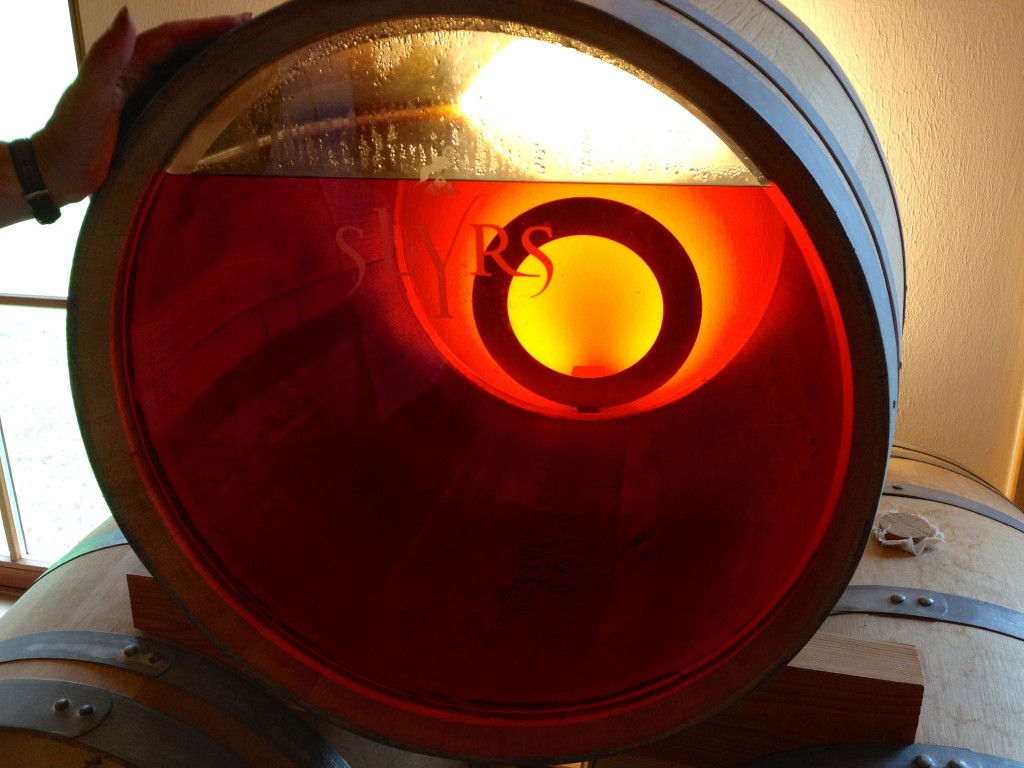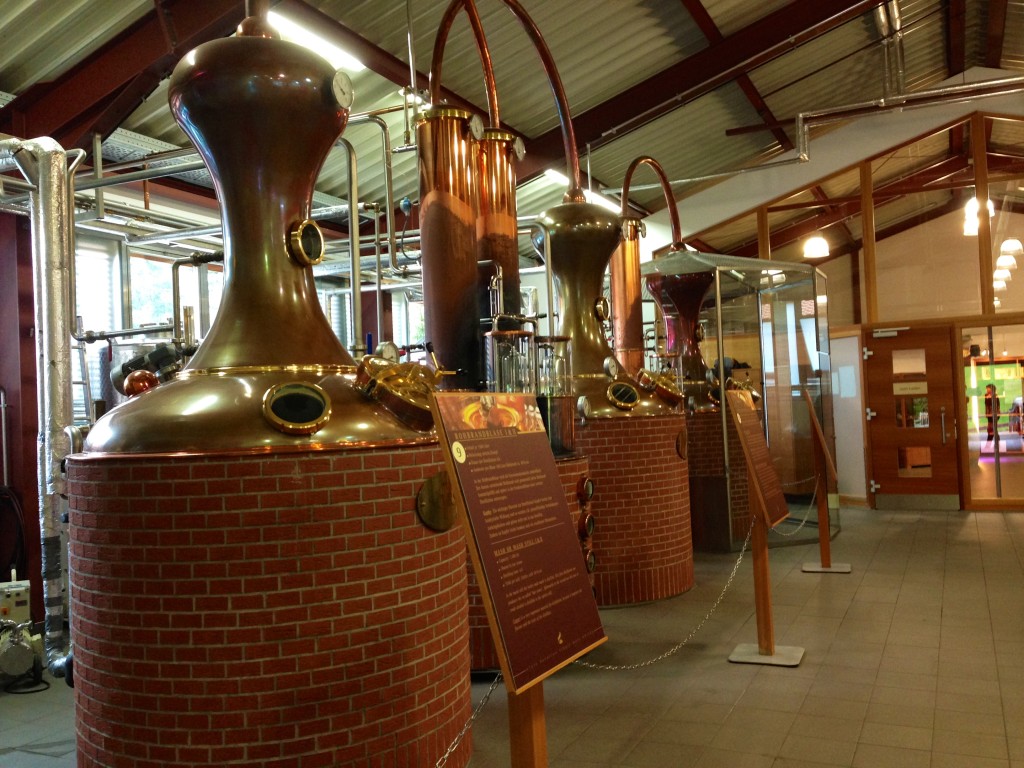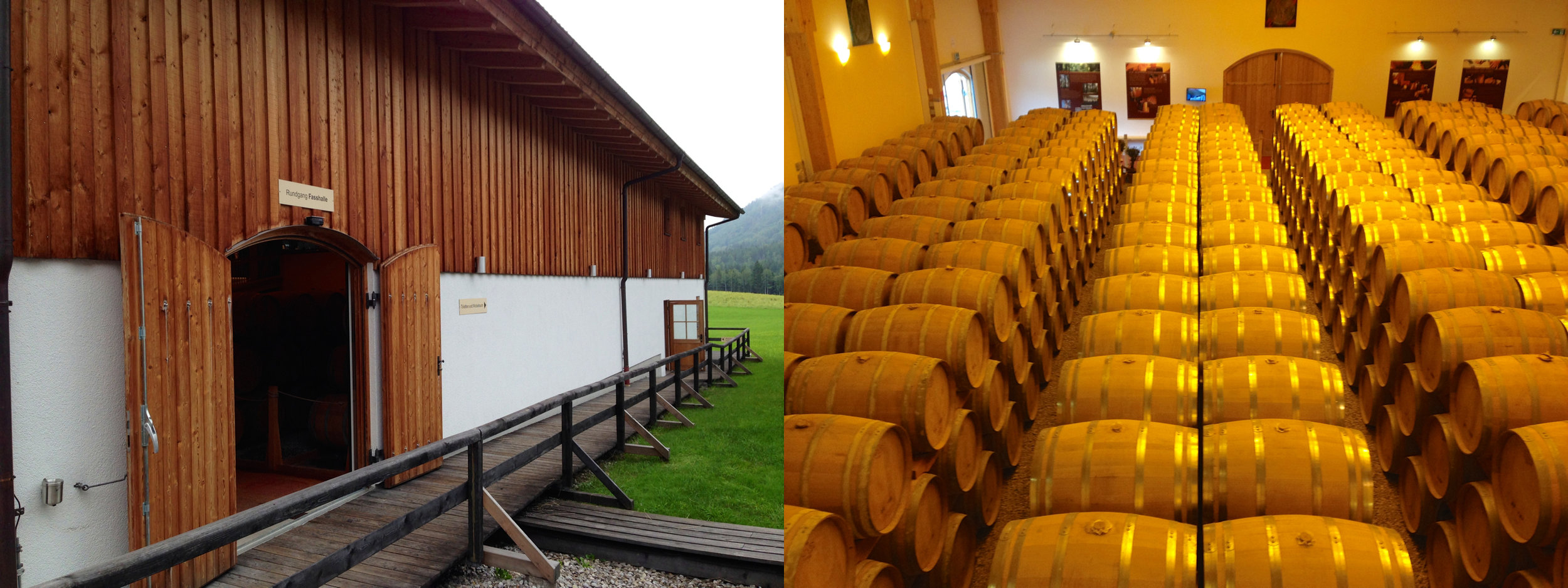SLYRS - the Bavarian Distillery
SLYRS - the Bavarian Distillery
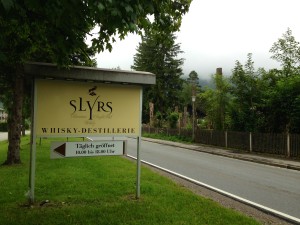 This summer I decided to make a short detour at the end of our family vacation. We drove from Innsbruck Austria, to Schliersee in the south of German Bavaria. We stayed at the cozy Gästehaus of Kögl in Neuhaus, the part of the town where Slyrs Distillery is located.
This summer I decided to make a short detour at the end of our family vacation. We drove from Innsbruck Austria, to Schliersee in the south of German Bavaria. We stayed at the cozy Gästehaus of Kögl in Neuhaus, the part of the town where Slyrs Distillery is located.
From what I’ve heard it’s also easy to reach the distillery by train from Munich which is only 50 kilometers northwest of Schliersee.
Slyrs main goal is to create a Bavarian whisky in their own way, with their own crops etc. In my perspective they do differ from many other distilleries in many ways, and I will primarily focus on those differences in the following description.
History of Slyrs Distillery
In 1999 Florian Stetter started Slyrs (which is the original name of Shliersee). The distillation was done in a facility where other spirits than whisky were made.
In 2007 the Slyrs Distillery finally opened with brand new equipment. This is probably the main reason why many bloggers have noted a positive change in the quality and consistency of the whisky between the earlier batches compared to the later ones.
Malt
Schliersee is located at approximately 800 meters above sea level which makes it impossible to grow barley. To follow their own goal of making a Bavarian whisky they buy malt from the town of Bamberg in the northern part of Bavaria.
They only distill unpeated whisky simply because there are no peat bogs in the area, and it would ruin their tradition of making a Bavarian whisky by using peat from another area.
25 tons of malt is used per month, and they have their own grinding mill.
Mashing and Fermentation
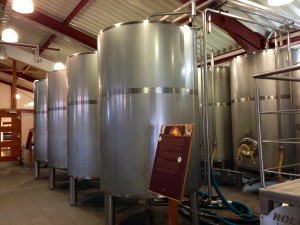 The mashing process is considerably different from the methods used at most other distilleries. It is all fully automated and computer controlled.
The mashing process is considerably different from the methods used at most other distilleries. It is all fully automated and computer controlled.
Around 350 kg of grist gets mixed with water of a temperature of 52 centigrades, then the temperature is increased to 62 centigrades. After 30 minutes the heat is increased again, this time to 72 centigrades. After another 30 minutes the mash is cooled below 20 centigrades.
After a total of 3,5 hours the wort is ready to be pumped into the fermentation tanks.
The fermentation is long, at 7 days. The final wash has an ABV of around 6%.
Distillation
Here Slyrs differ again in many regards from other distilleries. They have three identical stills. The shapes are quite odd, but at the same time very beautiful to look at. The lyne arms are also very different, shaped like bows.
The stills have a capacity of 1500 litres each, and two of them are used as wash stills. The distilling time in the wash stills are six hours. Each still yields 350 litres of low wines at an ABV of 30%, which is quite high. The spirit still (which is locked in a glass room for tax reasons), runs for eight hours. The collected heart measures around 400-500 litres with an ABV of 70%.
Another huge difference to other distilleries is that Slyrs throws the heads and tails away, they don’t redistill them.
Maturation and Casks
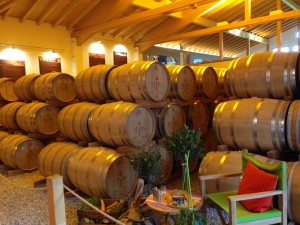 The spirit is diluted all the way down to 55% before it’s pumped into the casks. Slyrs only uses virgin American white oak barrels with a size of 225 litres. They mature the whisky for a minimum of three years.
The spirit is diluted all the way down to 55% before it’s pumped into the casks. Slyrs only uses virgin American white oak barrels with a size of 225 litres. They mature the whisky for a minimum of three years.
Next year they will release their first 12 year old whisky (matured in second fill casks). The yield of the 12 year old will be extremely limited and it will probably sell out quickly.
The “standard” single malt has an ABV of 43%. Slyrs also produces a single cask version called Faßstärke (cask strength). Over the years Slyrs have also produced a number of different extra matured whiskies.
They have a deep relationship with Bodegas Tradición in Jerez, Spain. They buy their Sherry casks from them, and they seem to hold an exceptional quality. For the best end result, Slyrs buy all casks (including the American white oak) fully assembled.
Their product range currently also include expressions finished in Oloroso, Amontillado, Sauternes and Pedro Ximénez (PX) casks respectively. The PX is extra matured for less than a year, the other ones for more than a year. All of the bottlings are unchill filtered and of natural colour. To speed up the maturation in the casks, the doors to the warehouses are left open to permit as great temperature and humidity fluctuations as possible.
Oh, and all the bottling is done by hand as well.
My thoughts of the Whiskies
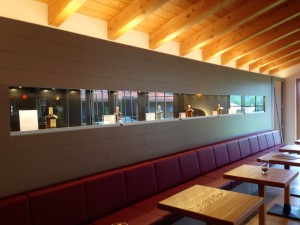 I had the opportunity to sniff everything from the production: head, heart, and tail. The head had a pleasant nutty scent. The heart felt very clean. The tail started to give the olfactory senses the impression of different kinds of meat. All in all I was impressed with the heart.
I had the opportunity to sniff everything from the production: head, heart, and tail. The head had a pleasant nutty scent. The heart felt very clean. The tail started to give the olfactory senses the impression of different kinds of meat. All in all I was impressed with the heart.
I then nosed and tasted all of the current releases of whiskies. All showed a consistent quality without any disturbing off-notes. The standard single malt is really good for a three year old whisky, not that complex in character though. The single cask showed more complexity, but it needed some water to settle down. Both of them are quite fruity.
All of the extra matured ones were rounder and more exquisite, and thankfully there was hardly any sulphur notes. Complete tasting notes will follow after each bottle opening in the future. Considering many of the diversions from the golden standard of whisky production it is fascinating to find their whiskies as good as they really are.
Conclusion
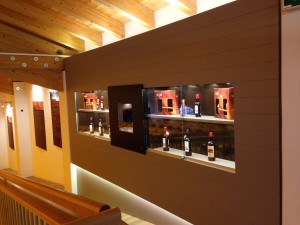 It was a fantastic experience to visit this super tidy distillery. I hoped that they would use some novel equipment and production tweaks, and I don’t believe I could have experienced more novel ideas than at Slyrs, and still they have an end product that is whisky without question.
It was a fantastic experience to visit this super tidy distillery. I hoped that they would use some novel equipment and production tweaks, and I don’t believe I could have experienced more novel ideas than at Slyrs, and still they have an end product that is whisky without question.
I want to thank Birgit Scheithauer for the amazing tour. Even though I accidentally booked my tour in German and the prepared guide could not give it in English, she made time herself and gave me a 2,5 hour tour where I got to sample all the whiskies in production, and anything else I was interested in. An enjoyable tour it was!
Extra facts
Every third week the tax man comes to overlook the emptying of the heads and tails tanks. The spirit is watered down and emptied out into the common water drainage system, and the tax man deducts that alcohol off of the taxes that Slyrs have to pay. The quantity of this spirit is too low to sell for industrial use.
The farmers in the vicinity are happy to collect the draff for their cattle.
Because of the close relationship with Bodegas Tradición, Slyrs get to sell the different Sherries they produce. I sampled the Oloroso, Pedro Ximénez, Amontillado, and finally a Cream Sherry which is a mix of the PX and Oloroso. All of them were really nice. The PX was actually drinkable, not as thick and super sweet compared to many other PXs that usually end up as an ingredient in soups or sauces. The Cream Sherry which contains mostly Oloroso was very harmonious and is a great Sherry for beginners.
While at the store there are many fantastic Edelbrände from Lantenhammer (spirits made from different fruits) to sample and buy, some of which have matured in ex-Slyrs casks. They also have their own brand of Vodka and Gin, Bavarka, both of which impressed me. The vodka is distilled from potatoes, and the gin is made from the vodka distillate with the addition of 10 local herbs/fruits.
Everything at the distillery follows the Bavarian tradition of construction. The building blends nicely into the surrounding scenery. Everything has been built with a high degree of finesse. The spacious tasting room overlooks the alps. A truly magic room to be sipping whisky in.
Sláinte! - Tobias


